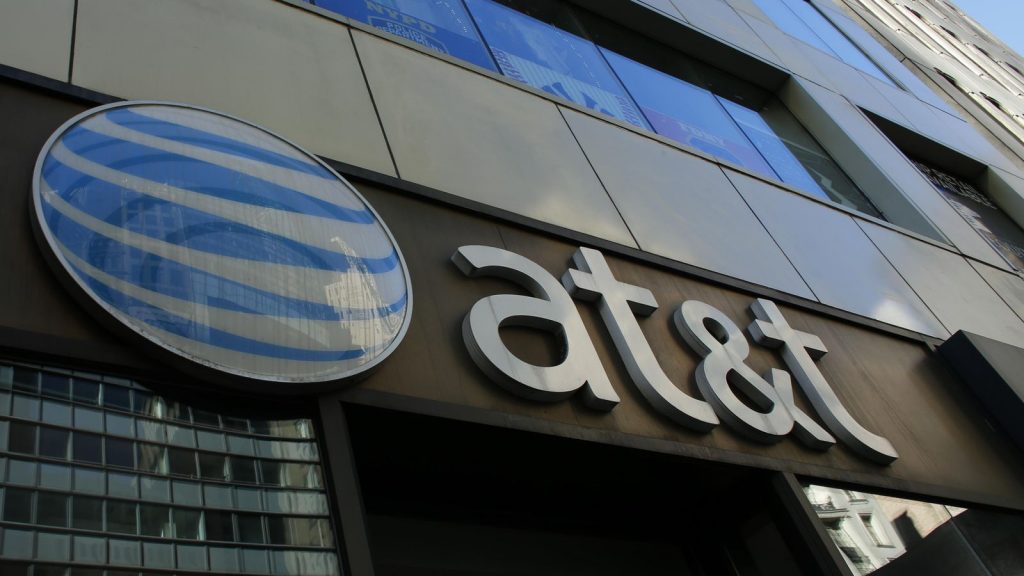Pavel Durov : The Founder of Hack-Proof Messenger App Telegram
A believer of no government and a pure vegetarian, Pavel Durov is a Russian entrepreneur, who was among the most promising Northern European leader under 30, in 2014. He is leading a life on his own rules. Known as the Russian Mark Zuckerberg, Durov surely is inspired by the same and has a few similarities with the life of the American entrepreneur. Pavel Durov, who founded the social media platforms, Vkontakte, the most visited websites in some Eurasian countries (2017), and Telegram, is working towards protecting the users’ data from governmental data requests.
Early Life
Durov was born on 10 October 1984, in St. Petersburg, Russia, to Valery Semenovich Durov and Albina Durova. His father is a Doctor of Philological Sciences, and his grandfather Semyon Petrovich Tulyakov participated in the second World War. His brother Nikolai Durov is a mathematician and a programmer, who later, co-founded Telegram and VK, with Pavel Durov.
Pavel spent most of his childhood in Turin, Italy, where he attended the Italian elementary school. In 2001, the family returned to Russia, and he joined the Academy Gymnasium, in St. Petersburg. He became inclined towards programming languages while in school. After completing the school, Pavel went to the Saint Petersburg State University and earned a degree in Philology.
Career Rise with Vkontakte
Soon after Durov completed his college, he started working on a social media network, as he was inspired by the success of Facebook. He named his project as Vkontakte and started the beta testing of the same, in September 2006. Just after a month, he bought the domain for Vkontakte and opened the registrations to the website for the students of the Saint Petersburg State University.

Early in the next year, the website registered more than 100000 users and became the second largest social networking website, in Russia. The rapid growth of the platform, brought a trio of Russian-Israeli investors, Vyacheslav Mirilashvili and Lev Leviev, to invest in the website, acquiring 60%, 10%, and 10% stakes in the company, respectively. Later, the 39.99% shares were acquired by Mail.ru Group. By the year 2014, the Mail.ru Group was able to acquire 52% of the shares in the Vkontakte.
After losing most of his shares, Durov faced a lot of trouble in maintaining his position in the company. He received offers from the few of the political parties of Russia to sell the data of the Vkontakte users, to them. But, he never accepted. In fact, in 2012, he was asked to remove the groups, from Vkontakte, that were protesting against the Russian President Vladimir Putin, but again he denied. At that time he emerged as a libertarian hero for the dedicated protesting groups.
On 1 April 2014, as an April Fool prank, Durov presented his resign in front of the board members of Vkontakte. But, he got caught into his own prank, when, on 21 April 2014, he got dismissed from his post. The reason behind his dismissal was that he failed to withdraw his resignation, within the fixed time.
Founding Telegram
According to Durov, his resignation and getting out of the company was a result of his resistance from sharing the user’s data with the political parties. During the same time, he was working on a secret project. He had started working on the project early in 2012, with his brother, Nikolai Durov, who was the lead programmer of the project. Pavel Durov financed the project and had launched it in August 2013, as Telegram. After his dismissal from his company, he flew to Buffalo, New York, where he established his secret company. He also took some of his Vkontakte employees with him, to New York to continue working on Telegram.
After moving to New York, he also obtained the citizenship of Saint Kitts and Nevis, through donating $250,000 to the country’s Sugar Industry Diversification Foundation. He implanted his employees in various parts of the world, due to the complicated documentation formalities for each of his employees. Basically, controls the working of his company from his secret office in New York.
Telegram was an instant hit, as the app did not allow any third party to use the data of the Telegram users. Also, the secret chat feature of the app does not have any cloud backup. The success of the app can be measured from the 200 million monthly active users reported at the beginning of 2018, and a 50 per cent rise in the annual profits of the company in 2017.
In 2017, with 23-page white paper and a detailed 132-page technical paper, Durov launched a blockchain platform, named as Telegram Open Network (TON). Reportedly, the ICO raised $1.7 billion in April 2018.
Personal Life
Pavel Durov calls himself a libertarian and is living a private life. His past life was filled with a number of controversies and politics. Hence, he maintains his life as private as possible. He, also, never discloses the address to his secret office, established in New York, to avoid influencers from the media and government. Allegedly, he along with his brother, migrates to different places after a certain period of time, in self-imposed exile.

Yashica is a Software Engineer turned Content Writer, who loves to write on social causes and expertise in writing technical stuff. She loves to watch movies and explore new places. She believes that you need to live once before you die. So experimenting with her life and career choices, she is trying to live her life to the fullest.






